In 2020, the battle for electric vehicle sales supremacy will become a lot more interesting. In the first part of the year, you have the sibling face-off of the 2020 Tesla Model Y versus the 2020 Model 3. But later on Ford will be coming out with its 2021 Mustang Mach-E. This is the first time Ford has built a dedicated EV rather than simply bolting an electric motor into an existing model. The old-timer from Detroit is taking the fight to the young upstart from Silicon Valley.
Tesla Model 3 vs. Tesla Model Y vs. Ford Mustang Mach-E: Price, Range, Interior & More
Am I Ready for an EV?
- EV ownership works best if you can charge at home (240V outlet) This typically means a 240V home installation, or other places your car is parked for several hours each day. Don't expect a regular household outlet (120V) to suffice.
- Adding a home charging system is estimated to cost $1,616 in This is an estimate for your area. Using your address and the answers you provide, Treehouse can provide a more accurate price.
- Edmunds is partnering with Treehouse, an independent provider of home EV installation services. Learn more Edmunds customers receive a 10% installation discount and 4% smart charger discount. Discount excludes permit, hosted inspection, and load management devices. Valid for 30 days.
Though they appear quite different, all three EVs use a similar formula. When their lineup is complete, they will all be available with either rear- or all-wheel drive and with three powertrain offerings: one for normal range, one for long or extended range, and one for high performance.
2020 Tesla Model 3.
Price comparison: Model 3 vs. Model Y vs. Mustang Mach-E
The currently advertised Tesla Model 3 price ranges from in the low $40,000s to near $60,000, depending on which of the three trim levels you choose. Our prices here reflect destination fees but not incentives or cost of ownership savings since these change depending on location and use.
The Tesla Model Y is currently available in two higher-end trim levels, with prices ranging from around $54,000 to a little more than $60,000. Tesla says it will introduce lower-priced Model Y variants in the future to echo the lineup of the Model 3. We expect to see those in 2021 with a price in the mid-$40,000s.
Ford will allow you to reserve a Mustang Mach-E for $500, which will secure one of five trim levels priced from $45,000 to $62,000.
2021 Ford Mustang Mach-E.
Range comparison: Model 3 vs. Model Y vs. Mustang Mach-E
Tesla cites a Model 3 range of 250 miles in the least expensive model and 322 miles at the highest end. The Tesla Model Y's hovers around 315 miles but drops to 280 miles if you check the confusingly named Performance Upgrade for the Performance trim.
Be aware that, unlike other EV manufacturers, Tesla recommends only charging to 90% of maximum to avoid shortening the lifespan of the battery. Also unlike the vast majority of EVs we've ever tested, we have been unable to match the claimed range of any Tesla we've owned, from a Model S to Model X to Model 3. Your mileage will vary, but in our experience, you shouldn't expect to match what Tesla cites when it comes to range.
Ford's Mustang Mach-E driving range estimates go from 210 miles to 300 miles, although we expect Ford to update these figures before the Mach-E goes into production. And, of course, we'll need to subject the Mach-E to the Edmunds testing to verify the automaker's claims.
2020 Tesla Model Y.
Interior comparison: Model 3 vs. Model Y vs. Mustang Mach-E
Compared to the Model 3, the Model Y is roughly 2 inches longer, 3 inches wider and about 7 inches taller. These differences allow for additional interior space in the Model Y. Most significantly, you get about 5 inches more second-row legroom in the Y than in the 3.
Visibility is somewhat poor in the Tesla Model 3 because its tallish rear seat blocks your view out back. In the Model Y, it's even worse. The sharp angle of the rear window leaves only a tiny space to see through when you check the rearview mirror. To compensate, you'll likely rely on the car's computer-aided alerts such as the proximity sensors and rear-facing reversing camera.
2020 Tesla Model 3.
Compared to the Model 3 and Model Y, the Mach-E has a few differences. A notable one: There's an instrument cluster ahead of its steering wheel. The Teslas lack one and display everything on their main infotainment system screen. Monitoring your speed on the move should be easier in the Ford.
To manage their infotainment functions, all three vehicles rely on large, centrally mounted rectangular touchscreens. In the Mach-E, the screen is mounted vertically rather than horizontally and is supplemented by more traditional buttons for functions such as the sound system and cruise control.
2021 Ford Mustang Mach-E.
A key advantage of the Model Y, in theory, is the future availability of a third-row seat. While we haven't sat in it yet, we saw one at the reveal of the Model Y. It looked so cramped that we wouldn't recommend waiting for it to be available. Most SUVs of this size don't offer a hird row because they lack the space to make it usable. And the placement of a third row tends to minimize cargo space, so it isn't much of an advantage in the real world.
The process of measuring trunk space in a sedan differs from that of the storage space in a hatchback or SUV, making direct comparisons difficult. That being said, just look at the Model Y's cargo area and you'll know that it has more space than the Model 3. In the rear, the Model Y also has two underfloor storage spaces — the Model 3 has just one.
It's also easier to hide your stuff in the Model 3's trunk compared to the Model Y. The Y doesn't even have a cargo cover, though its rear window is at least heavily tinted and angled, making it difficult to see what's inside.
Because all three vehicles don't have a traditional gasoline engine, the space under the hood serves as additional storage — call it a frunk. The sole interior storage measurement Tesla provides is "total enclosed cargo volume" at 68 cubic feet for the Y. While this number is larger than the Mach-E's (59.6 cubic feet behind the first row), Tesla doesn't say whether its figure includes frunk storage space. Ford lists that spec at 4.8 cubic feet.
2020 Tesla Model Y.
Performance comparison: Model 3 vs. Model Y vs. Mustang Mach-E
We've owned five Teslas (a Model S, a Model X, two Model 3s and now a Model Y), and the driving performance of each has been highly engaging thanks to addicting acceleration and enjoyable steering. Even the less expensive and less powerful models still pack a punch around town. On the downside, the common trait between the two Model 3s we've owned and the Model Y Performance we currently have in our long-term fleet is subpar ride quality.
What's the Mach-E like to drive? While its Mustang name hints at plenty of potential, we'll have to wait until we're able to drive one. Ford says Mach-E acceleration targets for 0-60 mph start at the mid 6-second mark and can be as quick as the mid 3-second range. Those targets approximately overlap Tesla's claims for the currently available Model Y trim levels and our expectations for future, less expensive versions of the Model Y.
2020 Tesla Model 3.
Edmunds says
There's no question that the world of EVs is about to get a lot more interesting and that Tesla's position as the market leader will be challenged. The Mustang Mach-E is proof that Ford is finally recognizing what it takes to build a successful electric car. We'll reserve judgment until we've driven it, but in a photo studio and on paper, it looks set to be a potent rival to the Tesla Model 3 and Y.
Tesla will introduce more modestly priced versions of the Model Y probably early next year. When that happens we expect the Model Y will become the company's most popular vehicle. The extra versatility of the SUV body style is worth the relatively small increase in cost over the Model 3, especially if you lease the car as most EV customers do.
Can't wait for the cheaper Model Y or future Mach-E? The Standard Range Plus version of the Model 3 provides the best combination of performance and value, at least for now.
Next steps
To find out more about each of these vehicles and other EVs, read:
Long-Term Road Tests with reports on the Model S, Model X, Model 3, Model Y, and other EVs
Tesla Model 3 review
Tesla Model Y review
Ford Mustang Mach-E review
The best electric vehicles
Vehicle | ||||
|---|---|---|---|---|
| 2021 Audi e-tron sportback | 218 miles | 238 miles (+9.2%) | 44 kWh/100 mi | 38.2 kWh/100 mi (+13.2%) |
| 2020 Chevrolet Bolt | 259 miles | 277 miles (+6.9%) | 29 kWh/100 mi | 25.7 kWh/100 mi (+11.4%) |
| 2020 Ford Mustang Mach-E AWD Ext Range | 270 miles | 304 miles (+12.6%) | 37 kWh/100 mi | 33.1 kWh/100 mi (+10.5%) |
| 2020 Hyundai Ioniq Electric | 170 miles | 202 miles (+18.9%) | 25 kWh/100 mi | 20.8 kWh/100 mi (+16.8%) |
| 2019 Hyundai Kona Electric | 258 miles | 315 miles (+21.9%) | 28 kWh/100 mi | 22.3 kWh/100 mi (+20.4%) |
| 2020 Kia Niro EV | 239 miles | 285 miles (+19.2%) | 30 kWh/100 mi | 25.3 kWh/100 mi (+15.7%) |
| 2020 MINI Cooper SE | 110 miles | 150 miles (+36.5%) | 31 kWh/100 mi | 21.8 kWh/100 mi (+29.7%) |
| 2020 Nissan Leaf Plus SL | 215 miles | 237 miles (+10.2%) | 32 kWh/100 mi | 27.1 kWh/100 mi (+15.3%) |
| 2021 Polestar 2 Performance | 233 miles | 228 miles (-2.1%) | 37 kWh/100 mi | 35.2 kWh/100 mi (+4.9%) |
| 2020 Porsche Taycan 4S | 203 miles | 323 miles (+59.3%) | 49 kWh/100 mi | 32.3 kWh/100 mi (+34.1%) |
| 2020 Tesla Model S Performance | 326 miles | 318 miles (-2.5%) | 35 kWh/100 mi | 32.6 kWh/100 mi (+6.9%) |
| 2018 Tesla Model 3 Performace | 310 miles | 256 miles* (-17.4%) | 29 kWh/100 mi | 30.1 kWh/100 mi (-3.8%) |
| 2020 Tesla Model 3 Standard Range Plus | 250 miles | 232 miles* (-7.2%) | 24 kWh/100 mi | 23.0 kWh/100 mi (+4.2%) |
| 2020 Tesla Model X Long Range | 328 miles | 294 miles* (-10.4%) | 24 kWh/100 mi | 35.0 kWh/100 mi 0.0% |
| 2020 Tesla Model Y Performance | 291 miles | 263 miles* (-9.6%) | 30 kWh/100 mi | 29.6 kWh/100 mi (+1.3%) |

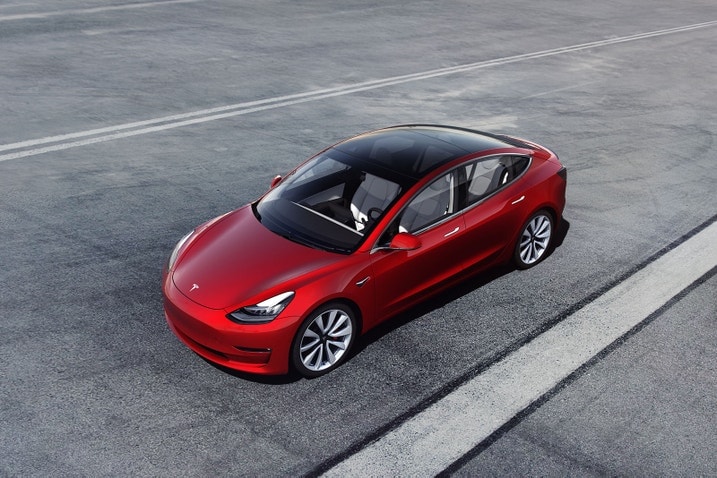
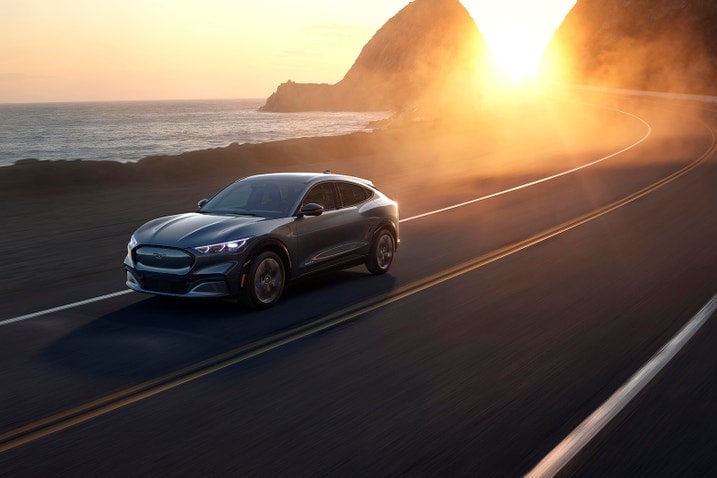
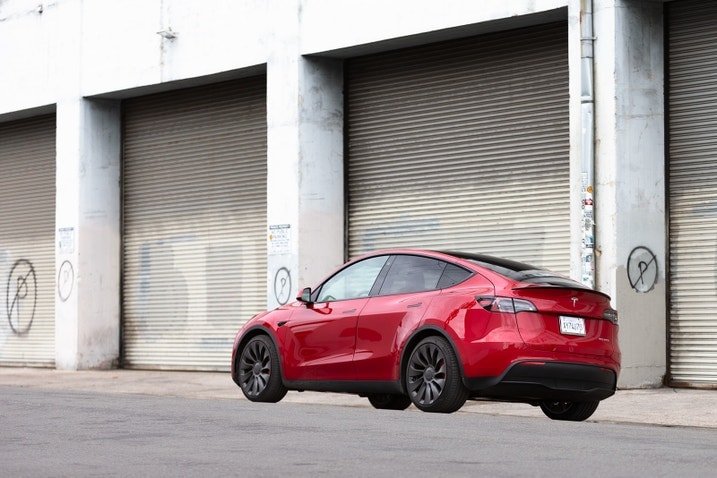

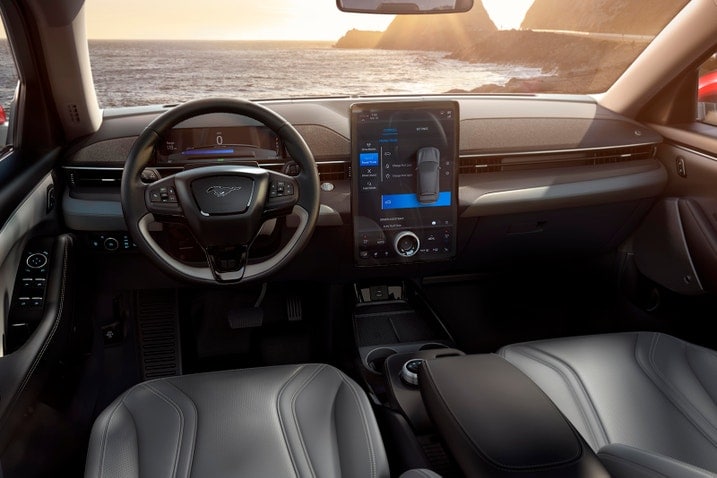
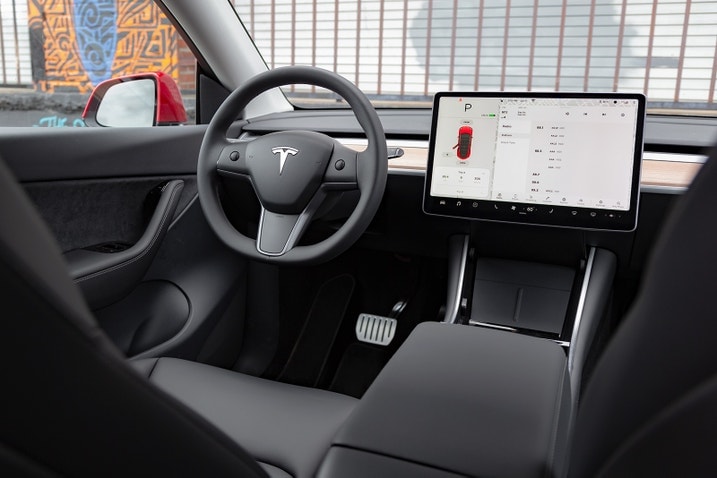

 by
by